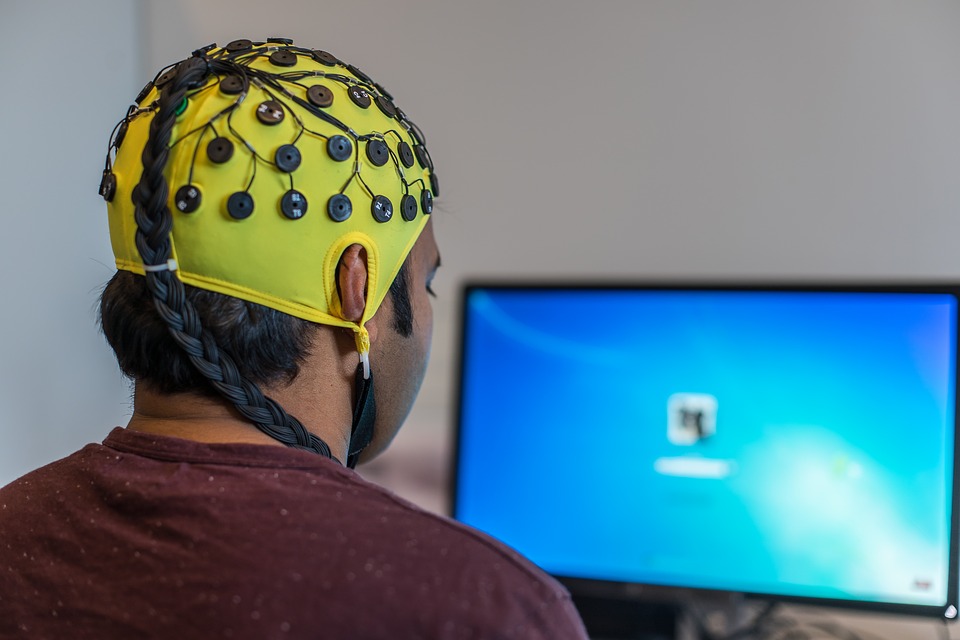Neurofeedback ADHD as therapy is seen as a promising treatment option for people with ADHD. But does it really work? More importantly, can you afford it?
Neurofeedback: What is it?
Neurofeedback is a process where the patient is trained to produce a certain type of brain wave pattern that promotes concentration and focus. The goal of neurofeedback is to reduce the symptoms of ADHD, primarily distractibility and impulsivity.
The procedure starts by mapping the patient’s brain. Next, he is made to sit with a cap lined with electrodes which are designed to read his brain wave patterns as he performs certain tasks.
Most exercises start with simple tasks, like reading aloud. As he does so, color-coded areas corresponding to brain activity light up on the screen, indicating where the activity is. Because the patient is able to see which parts of his brain light up when his attention is on certain tasks, he becomes better at focus and concentration and hopefully develops a more efficient mode of brain functioning.
In subsequent exercises, the patient may be asked to finish games or solve puzzles using his brain waves. If he loses focus, the game stops and he losses. By properly mapping the patient’s brain, these tasks can be modified so that the patient can exercise the parts of his brain that are deficient in focus.
Pros and Cons of Neurofeedback ADHD
ADHD patients are often given medication to manage their symptoms. This is why neurofeedback holds so much promise because it is a non-invasive, painless procedure that does not require any medication. Sessions are brief with an average of 30 minutes for each patient. Also, studies have shown that the benefits of neurofeedback remain long after the treatment ends. According to Dr. Vincent Monastra of the FPI Attention Disorders Clinic in New York, patients who were not on neurofeedback lost the positive effects of medication a week after they went off their medication. Patients who were both on medication and neurofeedback, on the other hand, maintained their ability to control their attention and focus a year after therapy. Some even dropped medication dosages by 50%.
However, due to the limited amount of studies done on neurofeedback ADHD as a standalone treatment, most experts currently prefer to use it in combination with medication and other procedures in an ADHD treatment regimen. It is also costly. The average cost of treatment ranges from $2,000 to $5,000.
Neurofeedback is not a new mode of treatment for ADHD, but the lack of concrete studies on its benefits means that the extent of its efficacy remains to be discovered. It is a promising management option for symptoms of ADHD, especially when done by certified practitioners and if the management plan is tailored to cater to the specific symptoms of the patient.





